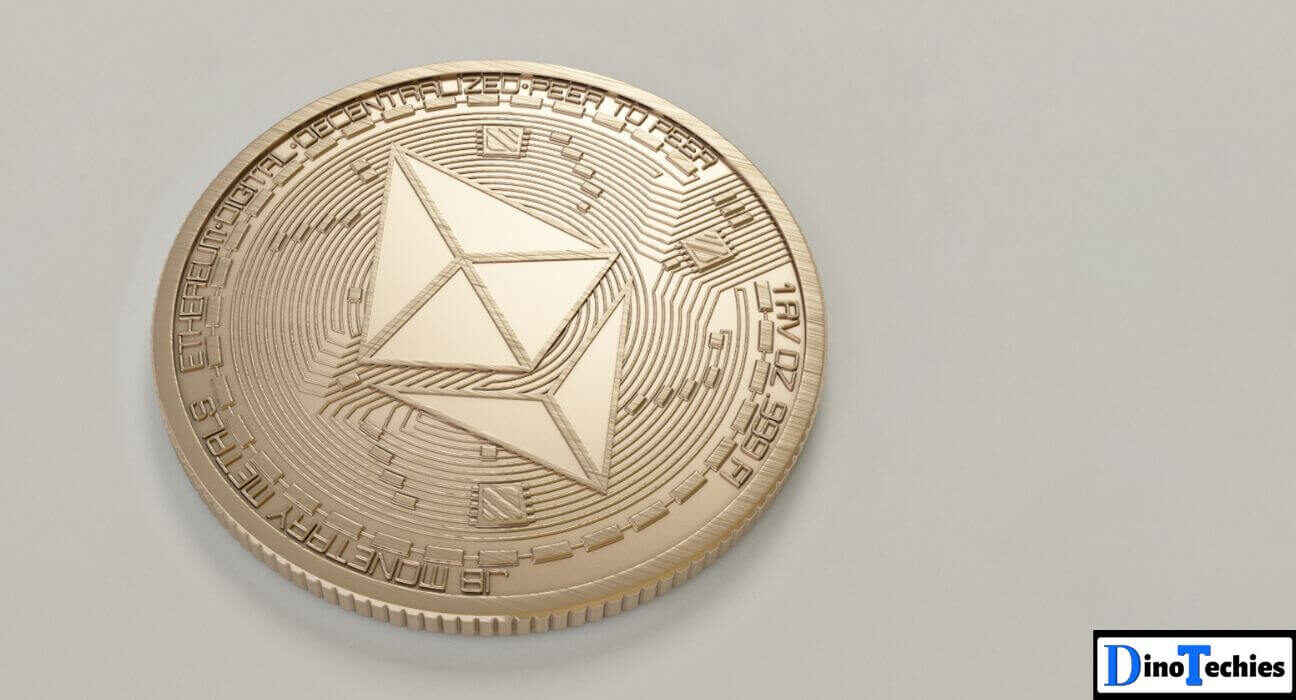Ethereum is a decentralized computer that runs smart contracts on its system. These smart contracts are coded in a programming language called Solidity. They permit the rules of the contract to be written in computer code, and people can access them over a public network.
Smart contracts can make sure that funds are not misused when they are transferred from one party to another.
They have many other use cases as well. Such as automatically sending out payments to employees or making sure that stocks get paid for by the company automatically.
History of Ethereum A decentralized digital currency
Ethereum is a decentralized platform and it’s the world’s second-largest cryptocurrency by market capitalization. It has been made possible by a new technology called blockchain which allows for peer-to-peer transactions. Without the need for a third party like banks. Ethereum was created in 2014 by Vitalik Buterin, who then became its lead developer. With Ethereum, Buterin sought to create an “infinite world computer”. That had the capability of running any application and executing any command.
Prices:
Ethereum takes the form of a blockchain secured by cryptography.
The price of ETH has seen significant volatility over its short history, peaking at around $1,400 in January 2018 before falling back to roughly $170 in December of that year.
How does Ethereum Works?
Ethereum is a blockchain-based decentralized platform that features a smart contract functionality.
Ethereum provides a virtual decentralized machine known as the Ethereum Virtual Machine (EVM). This machine can execute scripts using an international network of public nodes. Ethereum also provides a cryptocurrency token called “ether”. Which can be transferred between accounts and used as gas. Which is paid to the miners in order to execute every transaction and script.
Types of Ethereum
Ethereum also provides two types of cryptocurrency; Ethereum. Which can be used in any transaction, and Ether. Which is used to power the Ethereum network by paying fees or exchanging goods and services between users. The combination of these two aspects allows developers to create smart contracts. Which are agreements where all terms are automatically met. Without the need for human input or intermediaries like banks or lawyers.
Ethereum Pros and Cons
Advantages of Ethereum
Ethereum is a blockchain-based distributed computing platform. That enables smart contracts and distributed applications to be built. And run without any downtime, fraud, control or interference from a third party.
Ethereum gives developers the ability to create markets, store registries of debts or promises, move funds in accordance with instructions given long in the past (like a will or futures contract). The development of Ethereum A decentralized digital currency was funded by an online public crowd sale. During July-August 2014.
The Ethereum platform has been live since July 2015 along with tutorials for its use.
In 2016 Ethereum’s market capitalization increased from less than $ 1 billion to more than $ 10 billion by some estimates. As its popularity has grown among businesses looking for an alternative trading medium outside traditional controls. Such as the SWIFT network used to process international transactions between banks.
Disadvantages of Ethereum
Lack of clarity in the legal framework and regulations for crypto transactions
– The inability to distinguish between high and low quality tokens. (especially since it’s hard to tell a good token from a bad one)
– It is difficult to evaluate the price of Ethereum
– There is no control over the Ethereum ecosystem on behalf of any one party, be it the developers or miners.














1 Comment